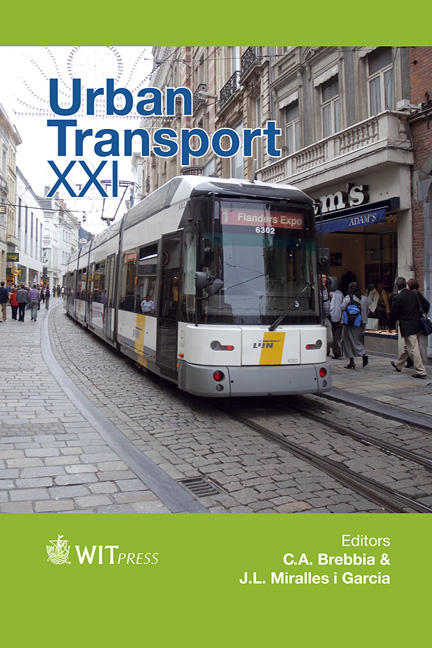Modelling Bituminous Surfacing Distress Data Using Logistic Regression
Price
Free (open access)
Transaction
Volume
146
Pages
12
Page Range
435 - 446
Published
2015
Size
785 kb
Paper DOI
10.2495/UT150351
Copyright
WIT Press
Author(s)
R. A. Hassan
Abstract
The objective of this paper is to report the modelling of deterioration models for pavement surfacing distresses using logistic regression and present relevant outputs. The data used in this exercise covers a network of 6450 sections with a total length of 8180 lane-km. Distress data used in the modelling include cracking, texture loss and stone loss of different pavement surfacing types. The latter includes dense graded and stone mastic asphalt, open graded asphalt, ultrathin asphalt, spray seal and geotextile seal (spray seal with geotextile underlay).
These condition data are collected using visual inspection surveys. They are conducted every two to three years by experienced personnel following detailed guidelines. The two variables used in the modelling are distress rating and surfacing age. The rating scale used to rate each of the distress categories is: Good = 0, Minor = 1, Moderate = 3 and Extensive =5. Logistic regression is most suited for modelling this type of data as the residuals will not be normally distributed since there are only a few possible values.
Most of the models proved to be significant with high success rates in prediction accuracy. A comparison in the performance of the different surfacing types is also provided.
Keywords
logistic regression, pavement surface distress, asphalt surfacing, spray seal, flexible pavement





